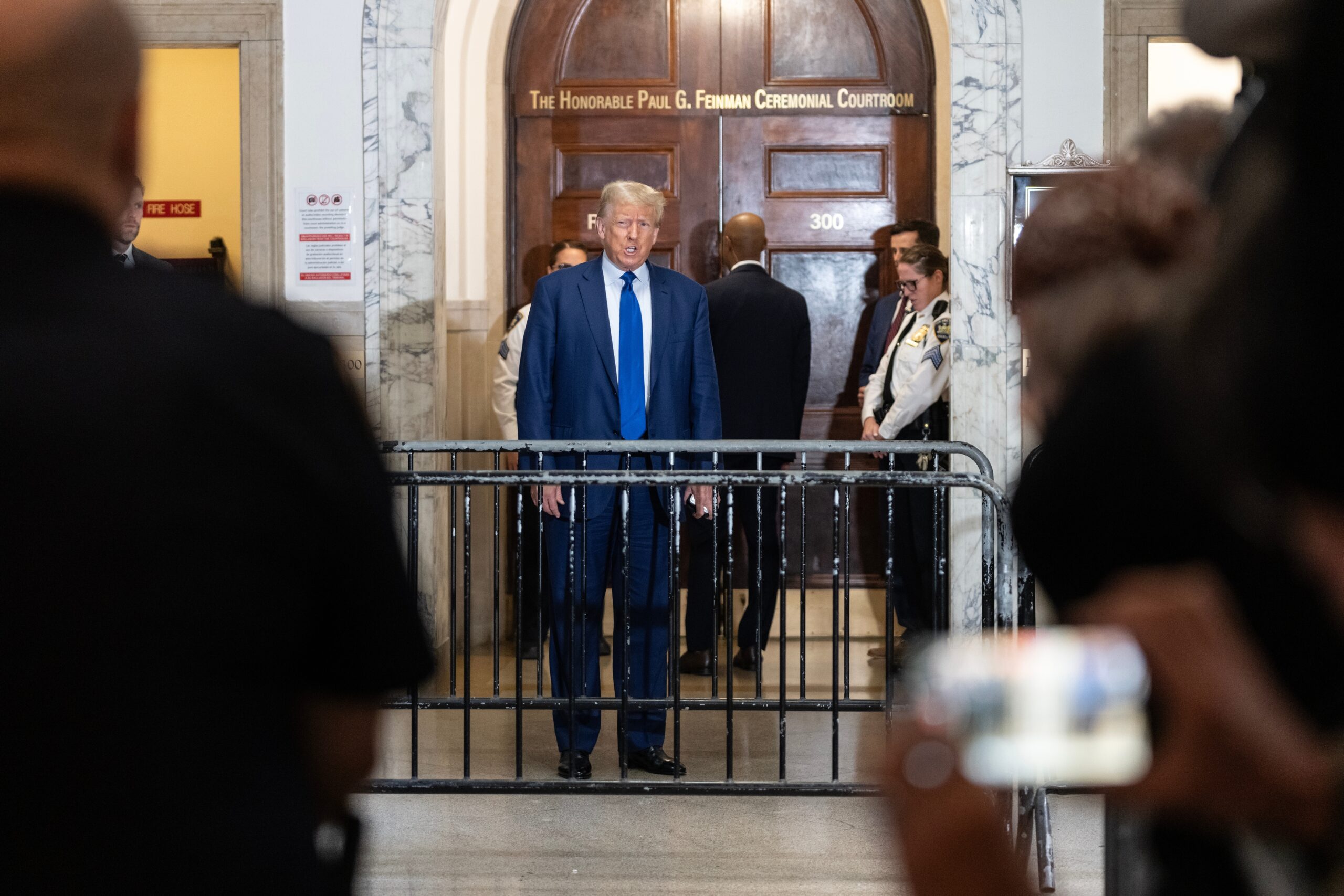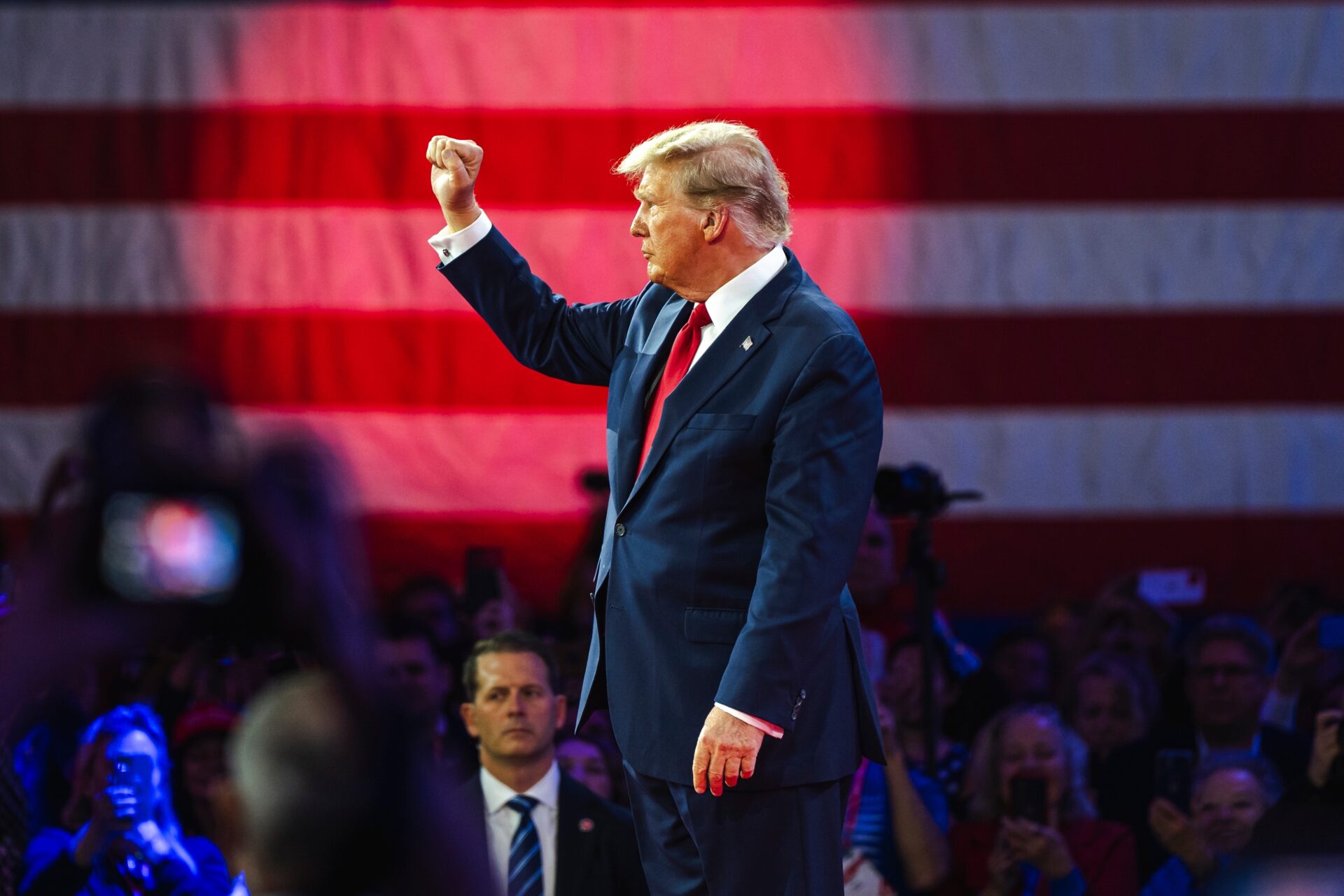A seismic shift in car prices is looming, as President Donald Trump’s tariffs stand to significantly alter the automotive landscape.
At a Glance
- Trump’s 25% tariffs on imported cars are set to cause substantial price hikes.
- Tariffs impact a wide range of vehicles, including cars, SUVs, and trucks.
- Consumers should consider buying now to avoid the impending price increase.
- Tariffs are encouraging a shift towards domestic car purchases.
- Alternative buying options like used and certified pre-owned vehicles are worth exploring.
Understanding the Tariff Impact
President Trump’s 25% tariffs on imported vehicles will undoubtedly hit consumers’ wallets hard. The policy targets passenger vehicles across the board, from compact cars to SUVs and trucks. Consumers now face a challenging decision: rush into a purchase before prices surge, or navigate this new landscape with a well-crafted strategy to find the best deal.
Savvy Shopping Amidst Tariffs
Buyers keen on avoiding overpriced purchases should act quickly. Private sellers offer competitive deals on used cars, often aiming to finalize sales expeditiously. Resourceful buyers can peruse platforms like AutoTrader.com, which hosts a vast inventory of new and used vehicles, providing vital tools to compare prices.
“Private sellers usually look to close the best-priced deals at the earliest possible date, keeping prices at the lowest values.” – Arthur Jones.
Exploring Flexibility with CPO Vehicles
Certified Pre-Owned (CPO) cars emerge as practical alternatives, backed by manufacturer warranties and representing lower risks compared to buying new vehicles amidst tariffs. Adjusting expectations and being flexible in vehicle choice can offer substantial benefits by mitigating tariff price impacts.
“There are a lot of certified pre-owned programs that dealers have. They’re those vehicles that are maybe only a year or two old, that may not have that many miles on them.” – John Irwin
Domestic automakers like Ford further try to maintain competitiveness by providing incentives like employee pricing for all customers on selected models. Consumers stand to benefit by keeping abreast of these offers, allowing them to counterbalance some of the tariff-induced costs.
Conclusion: Strategy is Key
Increased car prices are inevitable, with expected hikes ranging from $3,000 to $15,000 due to tariffs forcing new car prices upwards, potentially surpassing $50,000. The uncertainty of tariff duration adds to the urgency for consumers to strategize now, stay informed, and capitalize on alternate buying solutions.
“Visit the AutoTrader.com website, there are a lot of used vehicles from private sellers. If you compare the prices on Kelly Blue Book, you can see which vehicle is available and priced to your needs. If you have a set budget, you can also filter out the vehicles based on car prices, model and location.” – Arthur Jones
Ultimately, navigating this era of tariffs demands diligence and adaptability to ensure financial decisions align with personal goals. Consumers must seize timely opportunities, stay flexible in choices, and explore a spectrum of options in this restructured automotive marketplace.







